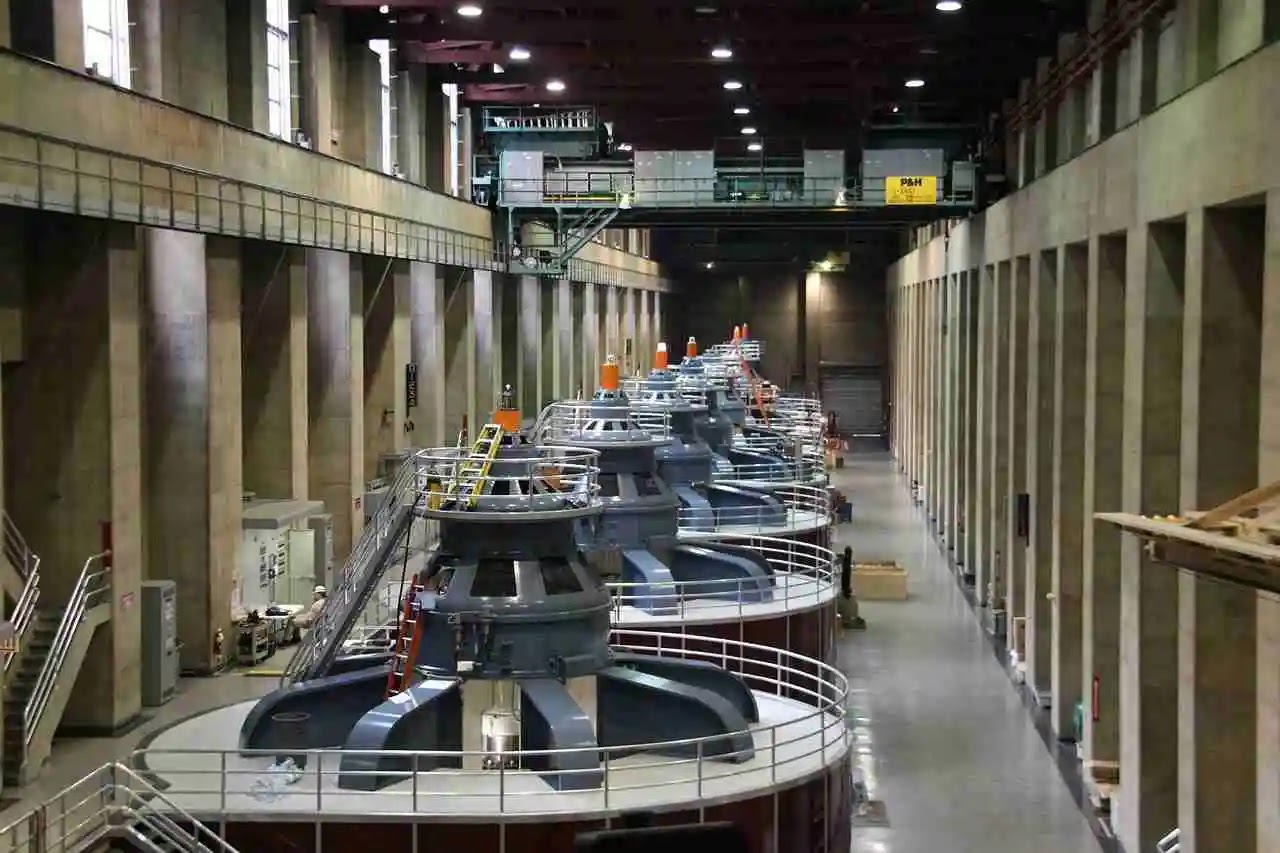Building a 180-meter-high dam on the Hwanghe River with 3D printing technology and AI
China is building the Yangqi Dam for hydroelectric power generation upstream of the Huanghe River in the Tibetan Plateau using 3D printing technology and artificial intelligence. did. The construction period is two years, with completion expected in 2024.
According to the newspaper, the dam is built using a 3D printing method in which construction equipment such as bulldozers, trucks, excavators and rollers are operated with artificial intelligence technology to build layer by layer.
Construction, which was approved by the National Development and Reform Commission in December last year, proceeds through approximately six steps. First, the artificial intelligence system, acting as the commander of the construction, analyzes the computer model of the dam, and based on this, assigns tasks to the robot machines mobilized for the construction of the dam.
The robot equipment assigned to the task picks up the necessary materials from the stockpile and loads it into the autonomous truck. The truck carries the material to the right place along the optimal path calculated by artificial intelligence, and the robot bulldozer receives it and stacks it layer by layer. Then, an automatic rolling press machine equipped with a sensor presses the surface to harden it.
When the stacking is completed, the sensor sends information about how far the construction has progressed to the central system, and artificial intelligence analyzes and evaluates it.
This method of using artificial intelligence to operate several automatic machines as a system does not use a 3D printer, but can be evaluated as a new 3D printing technology in that it is stacked layer by layer.
Freed from arduous and dangerous dam construction
This project is the product of ten years of research and development by Tsinghua University Professor Liu Tianyun, lead author of the thesis.
Professor Ryu argued in his thesis, “After years of development and testing, 3D printing technology for large-scale infrastructure construction is now mature enough. When robots and artificial intelligence systems are used, there is not only no risk of safety accidents, but also the advantage of being able to proceed with construction without long periods of time or rest periods. Dam construction has a high risk of accidents because the terrain is rough and the dam construction has to work in a rough environment such as large rocks and deep rivers.
Professor Ryu also added, "It can prevent mistakes that workers can make, such as placing materials in the wrong place or not stacking them upright."
Loading and transporting materials and building dams are done by automatic machines, but preparing building materials such as stones and sand is still done by human hands.
Also visit
Are all these things are 'real labor'
Is my Money in the bank is safe?
The largest structure built with 3D printing technology
The planned height of the dam is 180 meters. It is much higher than Soyanggang Dam (123m in height), which has the largest storage capacity in Korea. When the dam is completed, the hydroelectric power station will be the world's tallest structure built using 3D printing technology.
This dam construction is actually an extension, not a new construction. A hydroelectric power plant with a power generation capacity of 1200 megawatts has already been in operation here since 2016.
After completion, the Yangchu hydroelectric power plant will supply about 5 billion kwh of electricity annually to Henan Province, which has a population of 100 million. Researchers at Tsinghua University said in their paper, “Operating the Yangqi Dam has the effect of reducing annual coal consumption by 1.5 million tons and greenhouse gas emissions by 4.4 million tons.”
If the dam project is successful, the research team predicted that the 3D printing method through artificial intelligence-robot cooperation could be applied to other construction projects such as roads.

0 Comments